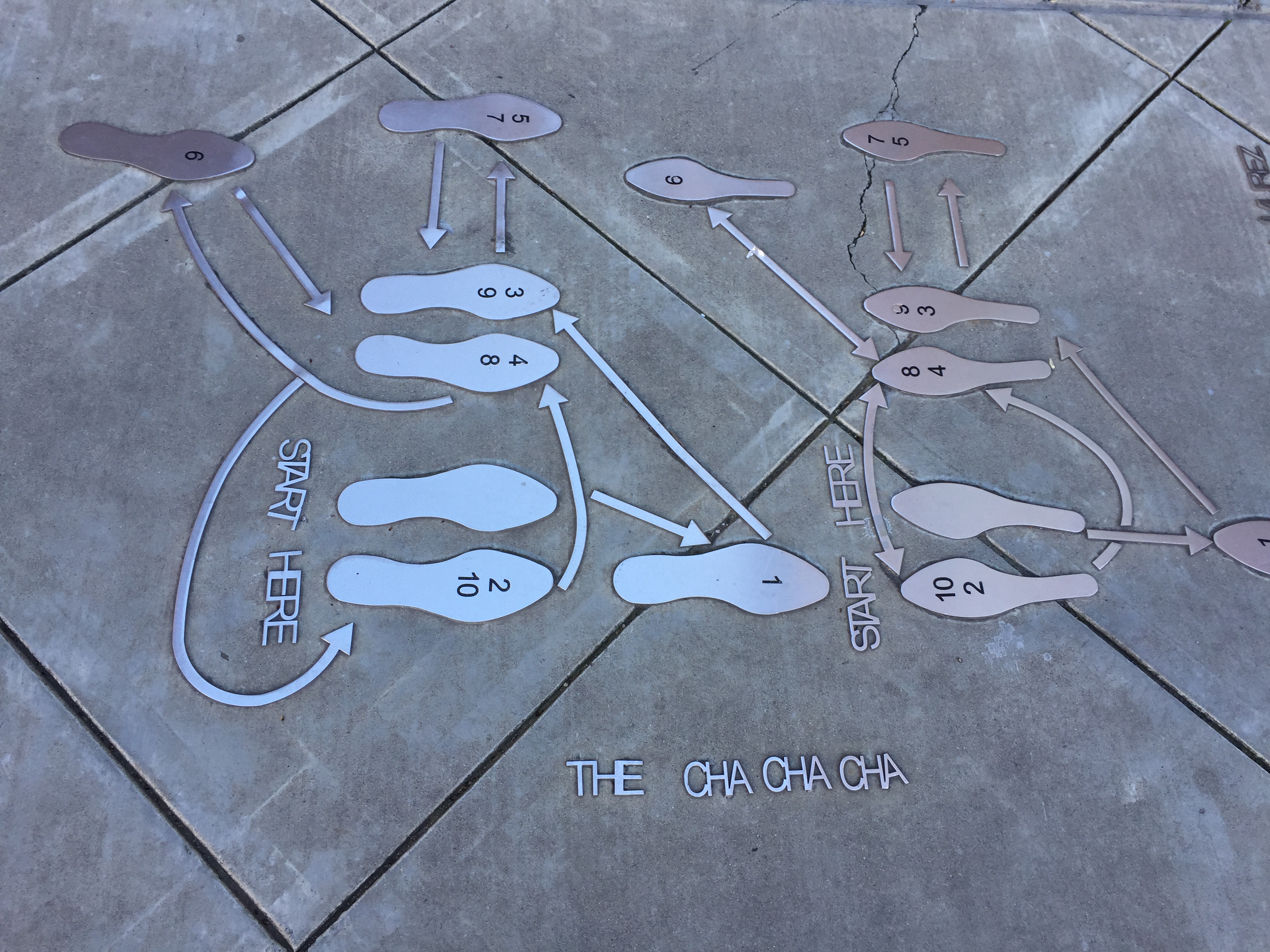
Kids Lit
Our Most Important Sentence
Once the dream book is finally contracted, the most important writing starts. Essentially what we write in preparation for…
September 8, 2024
Once the dream book is finally contracted, the most important writing starts. Essentially what we write in preparation for…
September 8, 2024
“Don’t Bury the Lead” is a common instruction to new writers. Literary agents and editors receive high volumes of…
July 25, 2021
You pour out your heart and passion out on the page crafting your blog for the world to see.…
February 24, 2019
My husband and I recently spent a few days in Napa Valley. We stayed in a quaint Bed and…
May 20, 2017By Sarah Zuehlke Magazines. They come in a never ending stream of styles and forms. In spite of the…
August 25, 2016